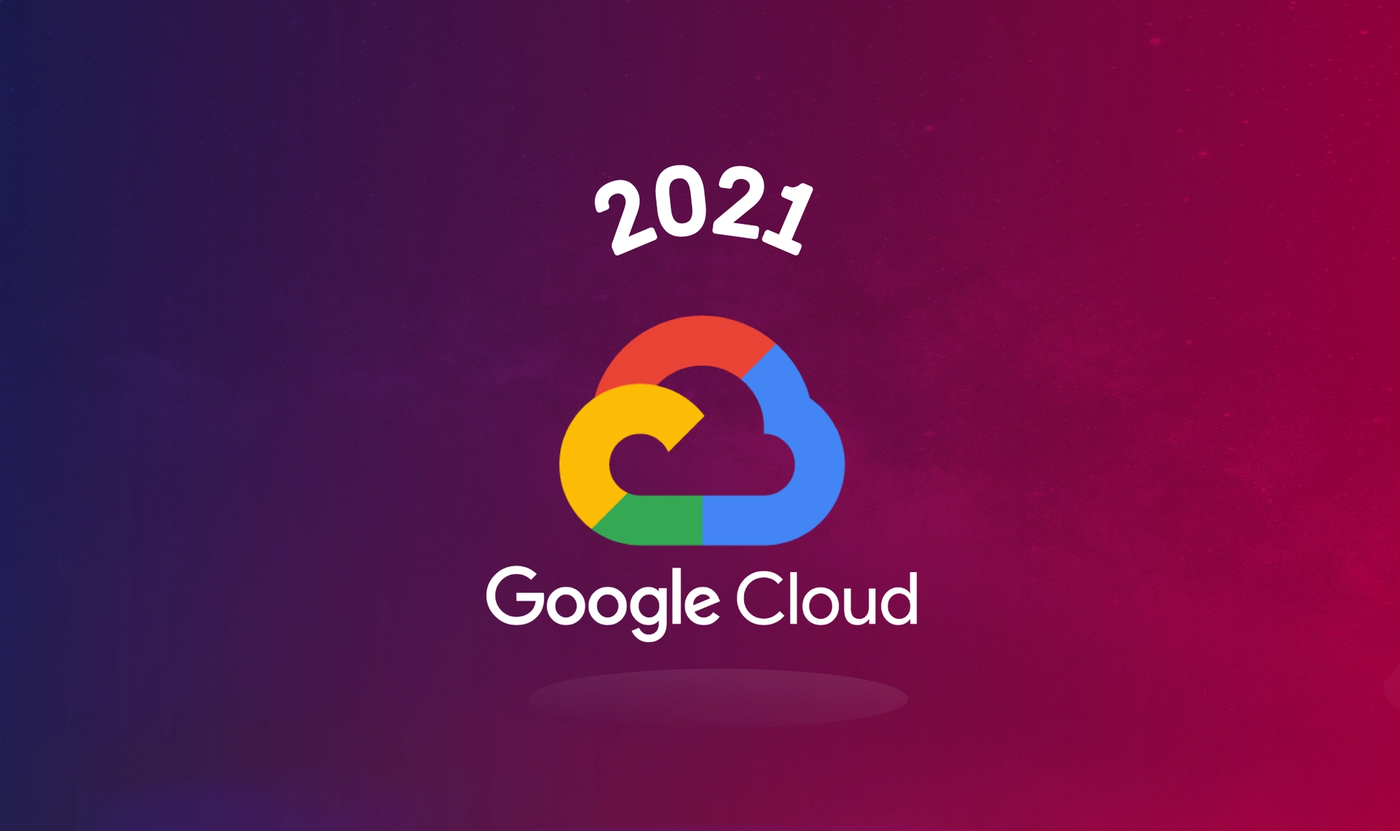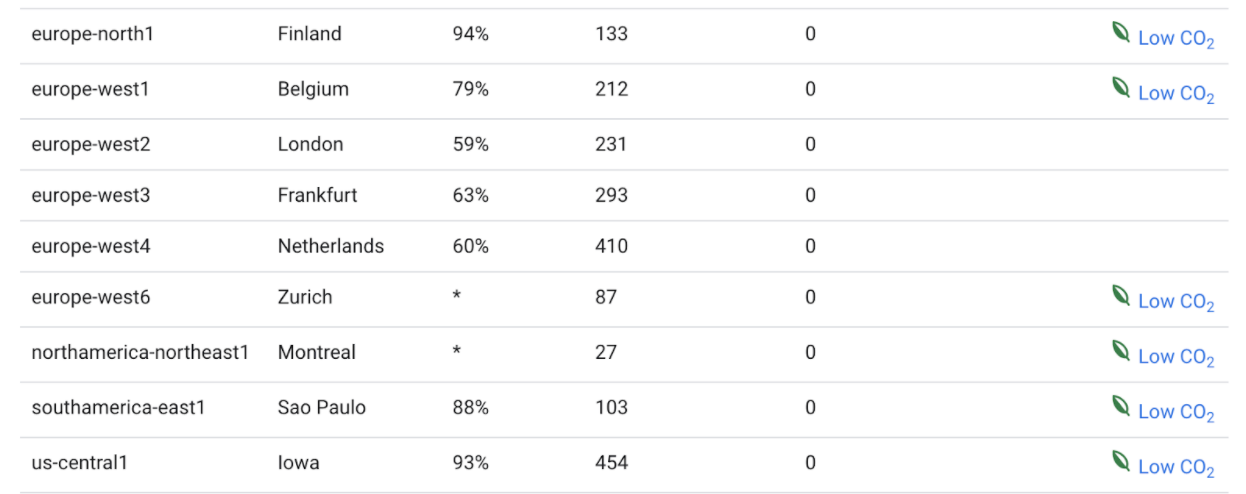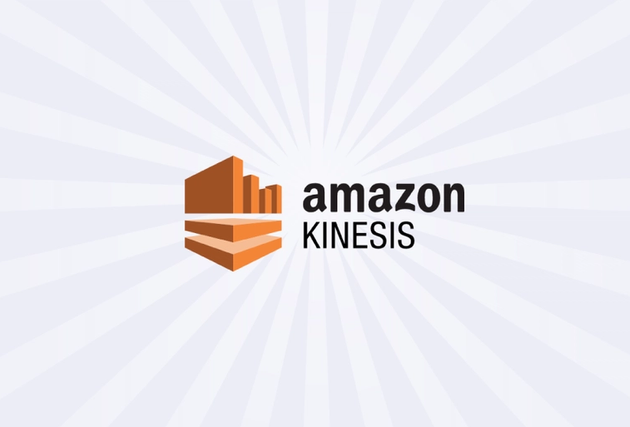A Year In Review: 21 Biggest Announcements from Google Cloud in 2021
In collaboration with Sean Lee
This year has been unique to say the least. With COVID-19 continuing to change the way we live and work, we’ve all had to change, adapt and innovate. Businesses all over the world are turning to the cloud to answer their remote working needs.
It’s not just the way we work that has changed; the impact we have on the environment is now more important than ever. When designing our cloud infrastructure and services, we can and should start to think about the impact they have on the world.
Google Cloud (GCP) has released a series of announcements over the past year that look to address the above challenges for its customers—and more.
In this blog, we’re taking a look back at some of the biggest announcements from GCP over the past year and how you can use them to transform your ways of working as we move into 2022.
Google Kubernetes Engine
1. GKE Autopilot
From the inventors of Kubernetes themselves, Google introduced a major change back in February to Google Kubernetes Engine (GKE). A new mode, known as GKE Autopilot, was introduced.
GKE Autopilot is a huge step forward to those running Kubernetes in Google Cloud. It allows users to utilise the power of GKE without having to worry about the underlying infrastructure, nodes, configuration and monitoring. Shifting this operational burden to Google, you can automatically align to industry best practices, maximising efficiency and enhancing your security posture.
This new mode of operation massively reduces the overhead for those using Kubernetes in Google Cloud, allowing teams to focus on delivering valuable new features to customers—rather than maintaining Kubernetes infrastructure.
2. GKE Streaming
The next big announcement to focus on is the recently introduced GKE streaming. This has the potential to hugely improve application scale uptime. Kubernetes distributions normally have to download an entire container image each time the application needs to be spun up. With image streaming, Google can deliver just what the image needs. This means that the image pull-time can be reduced from a few minutes (in some cases) to a few seconds, regardless of container size, according to the Google announcement. This is one of many features that sets GKE apart from any other cloud provider.
Google Cloud Sustainability
3. Carbon-Free Energy Percentages
It’s not all about new features. Ensuring we are creating useful products and services that can run without harming the planet is vital when it comes to sustainability in tech.
Google is passionate about cloud sustainability. The company announced way back in 2007 that it was ‘carbon neutral’. They have now set out an even more ambitious goal that they will be carbon-free by 2030.
In support of this, they will now publish their Carbon-Free Energy Percentage per region data.
So, architects and engineers, when you are deciding, what region should I run my service in? Take into account latency, pricing and the carbon footprint your applications will be leaving.
Find this data, published by Google, here and see the screenshot below to discover more.
Google Cloud Run
Google Cloud Run is GCP’s completely serverless, zero overhead container platform. I’ve found Cloud Run to be the easiest way to go from container to production running service in any cloud provider. Its integration with the rest of the Google Cloud ecosystem is what really sets this service apart.
This year, Google has been busy introducing some game-changing features to Cloud Run.
5. GA in All Regions
The announcement that all regions now support Cloud Run makes it accessible to everyone on Google Cloud, regardless of the region you chose to use.
6. Secret Management Integration
Google announced some great new security features for Cloud Run, including direct integration with GCP secrets manager. Making it easier than ever to run a secure, containerised production workload on Google Cloud.
7. Binary Authorisation
With supply chain security increasingly high up on companies’ security radar, this is a very welcome announcement. This feature helps ensure you are only running trusted, signed images in Cloud Run. Allowing us to ensure all images come from a known source where security scanning, auditing and testing has been performed.
This is a really complex problem to solve—often requiring third party tools and expert knowledge. Google is removing much of that burden from their customers.
8. Customer Managed Encryption Keys
As more regulated industries turn to cloud-based, low overhead services, being able to manage your own encryption keys is essential. The introduction of Customer Managed Encryption Keys allows organisations to do just that.
9. Automatic Best Practices
Google's recommendation hub now automatically suggests security improvements for Cloud Run. Running a service with an overly permissive default service account? You’ll be notified in the Cloud Run UI, making it simple to see where improvements can be made.
10. Cloud Run VPC Service Controls
GCP Service Controls allow you to set up a secure perimeter to guard against data exfiltration; they are now available for Cloud Run too. Read more about this exciting feature here
Data, ML and AI
11. Vertex AI
Machine Learning (ML) is providing businesses with huge new opportunities to use data and gain insights into their customers and applications. However, this can come with huge operational overhead, requiring vast amounts of expert knowledge.
Managing the operations of ML platforms is also a complex business, Google introduced Vertex AI to help you tackle that problem. Vertex AI gives you a single platform to manage data, prototype, experiment, deploy, interpret models, and monitor them in production. All of this can be done through a single pane of glass with Vertex AI, no need for in-depth, formal training in machine learning.
This helps bridge a huge gap in the skills market, as many companies struggle to maintain a successful machine learning platform.
The amount of data being produced, consumed and processed is increasing massively. With the huge benefits and insight this data brings, additional tooling is required to help us manage it. Google announced some exciting new data-centric services this year.
12. Dataplex
Data lakes, data warehouses, data marts…All of this is becoming complicated to manage.
Dataplex is an intelligent data fabric that unifies all this data and offers an integrated analytics experience. This enables standardisation of controls around data classification, security and governance. It offers a single pane of glass to organise, analyse and secure your data, whilst storing it wherever best fits.
13. Dataflow Prime
Another serverless data offering from Google Cloud, Dataflow Prime is aimed at simplifying big data processing. Building on top of the popular Dataflow, the new version will hugely reduce operational overhead and time spent on infrastructure-based tasks.
14. Datastream
Datastream is a new data service that helps us capture data changes and replicate them. Supporting Oracle and MySQL databases will be hugely useful for powering data analytics and database replication—whilst reaping the benefits of cloud-native services.
Security
Cloud technologies bring huge benefits, remove the significant operational burden and accelerate the speed at which we can perform digital transformation. Therefore, as we build and migrate more and more of our systems to the cloud, security is more important than ever.
Security has been a major focus of every organisation and cloud provider this year. Google is at the forefront of innovating new security technologies to enhance the way in which we operate in a cloud-native environment. There have been some major security announcements over the last year; here we’ll look at a few of those.
15. Cloud Intrusion Detection System (IDS)
As we scale the number of systems and services we run in the cloud, our networks become larger, more complex and increasingly difficult to monitor for threats.
Cloud IDS has been introduced this year to help customers solve this problem. Cloud IDS provides a simple to deploy, simple to manage intrusion detection system in the cloud. Google teamed up with Paolo Alto to deliver this solution, so you have two of the world leaders in network-based security empowering you to secure your business.
This will hugely benefit Google Cloud customers when detecting network-based malware, spyware and command-and-control attacks, all managed for high performance and a cloud-native experience by Google.
16. BeyondCorp Enterprise goes GA
Google started the year by announcing the General Availability of its BeyondCorp Enterprise product.
BeyondCorp Enterprise offers a modern, cloud-native approach to zero trust security. This announcement makes it possible for all enterprises to reap the benefits of Google’s decade long experience with zero trust networking.
BeyondCorp Enterprise embraces the BeyondProd model. For those of you not familiar with BeyondProd, I would argue it is one of the best and most important models to be aware of when it comes to cloud security. It’s shifting the mindset from traditional network-based security to a modern, cloud-native, zero-trust approach.
17. Google Cybersecurity Action Team (GCAT)
Cybersecurity is at the top of every C-level and board agenda, given the increasing awareness of software exploits, ransomware, and other attacks.
GCAT is a resiliency framework that delivers customers a comprehensive security management program with cloud technologies that are aligned to the National Institute of Standards and Technology's Cybersecurity Framework. Bringing together the cloud-native, zero-trust solutions of Google Workspace with industry-leading solutions from across Google and its cybersecurity partners.
It’s not a replacement for your security team or your compliance team, but a way to allow you to rapidly maximise your spending on Google security services while sharing knowledge across the organisation.
17. Ransomware
Ransomware attacks are a real risk for a lot of companies. Google has responded to this by creating a Security and resilience framework that can be used to protect against this security risk.
Google acquired Actrifio in December 2020 and they have implemented this into their backup and recovery strategy to enable application recovery at scale. This will enable customers to design solutions on how to protect themselves and create the playbooks that will manage the event when it happens.
18. Managed service for Prometheus
Measuring performance is difficult and requires many tools and specialists to manage. Managed service for Prometheus takes away this toil from your team. This ‘drop-in service’ for Prometheus replaces the need for Thanos, allowing users to keep their existing Grafana dashboards, PromQL-based alerts, and workflows.
Additionally, it resolves scalability issues that many users face with Prometheus. Now organisations can keep doing what they’re doing and just outsource the hard part, the metric storage retrieval part to a managed service.
19. Google Distributed Cloud
Google announced a new fully managed hardware and software solution called Google Distributed Cloud. Building on the Anthos managed platform for deploying applications on multiple computing environments, including multiple clouds, on the edge and on-prem.
1. Google’s network edge - Allowing customers to leverage over 140+ Google network edge locations around the world.
2. Operator edge - Enabling customers to take advantage of an operator’s edge network and benefit from 5G/LTE services offered by our leading communication service provider (CSP) partners. The operator edge is optimised to support low-latency use cases, running edge applications with stringent latency and bandwidth requirements.
3. Customer edge - Supporting customer-owned edge or remote locations such as retail stores, factory floors, or branch offices, which require localized compute and processing directly in the edge locations.
4. Customer data centres - Supporting customer-owned data centres and colocation facilities to address strict data security and privacy requirements, and to modernise on-premises deployments while meeting regulatory compliance.
Google Distributed Cloud is a solution for organisations that are unable to move workloads to the public cloud entirely or right away due to industry or region-specific compliance, local data-processing requirements, or the need to run close to other services.
Upskilling
Google and Contino have been heavily investing in training and development across a large number of initiatives.
Here at Contino, we have been embracing our learning culture, working closely with Google, our clients and colleagues to ensure we are digital transformation enablers. Continis have been making the most of their 10 training days and training budget to ensure we can upskill ourselves and our clients.
20. Cloud Digital Leader Exam
The new Cloud Digital Leader exam was introduced in June of this year. It is great for those wanting to understand more about the cloud in general and how Google Cloud’s services can benefit your business. If you’re interested in undertaking a GCP certification, make sure you read Contino’s Guide to GCP certifications.
21. Google Cloud Skills Boost
Google is dedicated to equipping more than 40 million people with Google Cloud Skills.
Introducing Google Cloud Skills Boost earlier this year—a platform for online learning, skills development and certifications—it is clear that Google is investing heavily to make sure people in the industry are empowered with the right skills to deliver transformation with Google Cloud. Read more about this here.
Summary
What a year it’s been for all things Google Cloud. At Contino, we’ve been keeping busy understanding how these announcements can have a meaningful impact on our client's transformation journeys.
If you’re wondering how Contino can help transform your business, get in touch!












